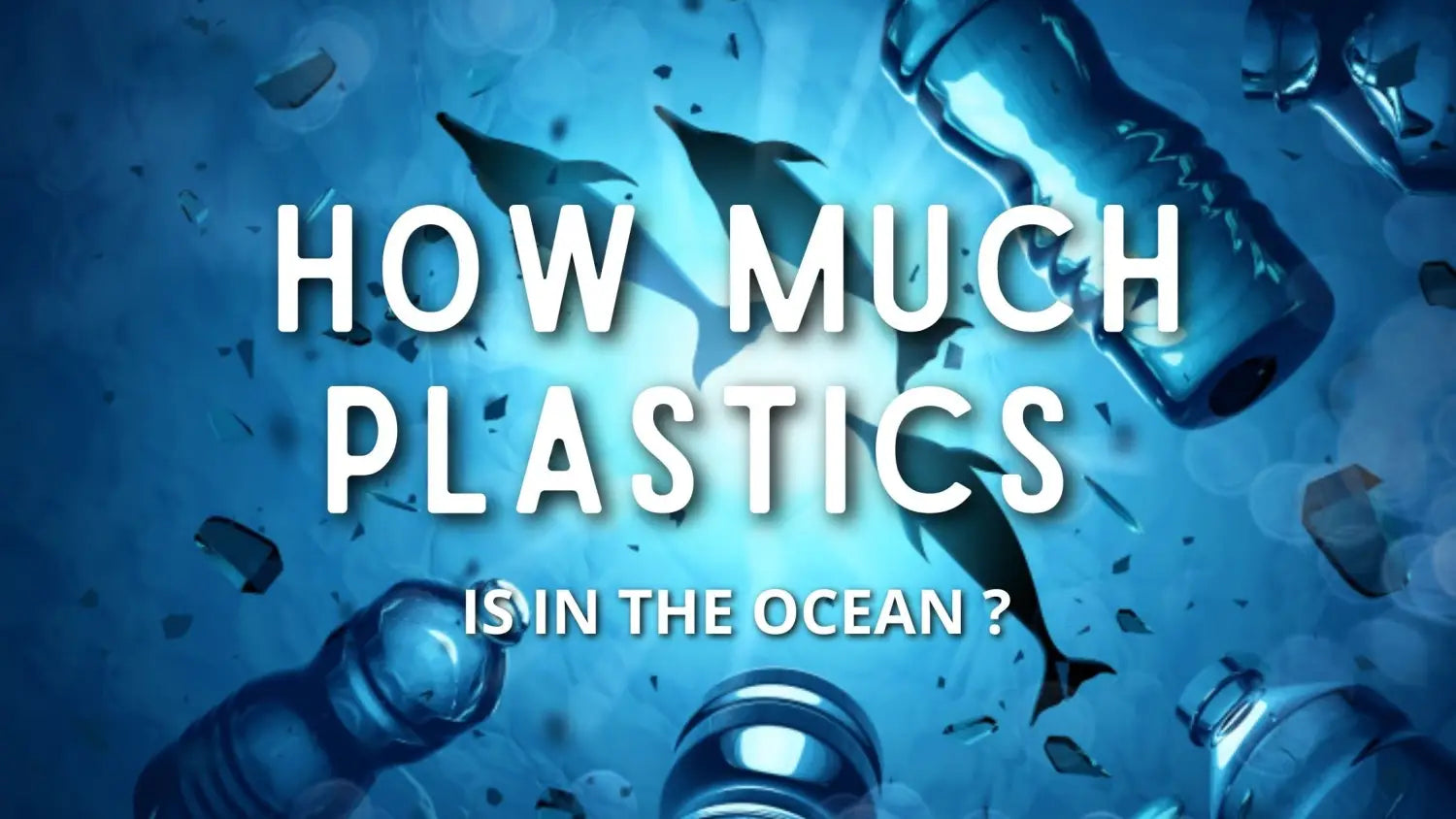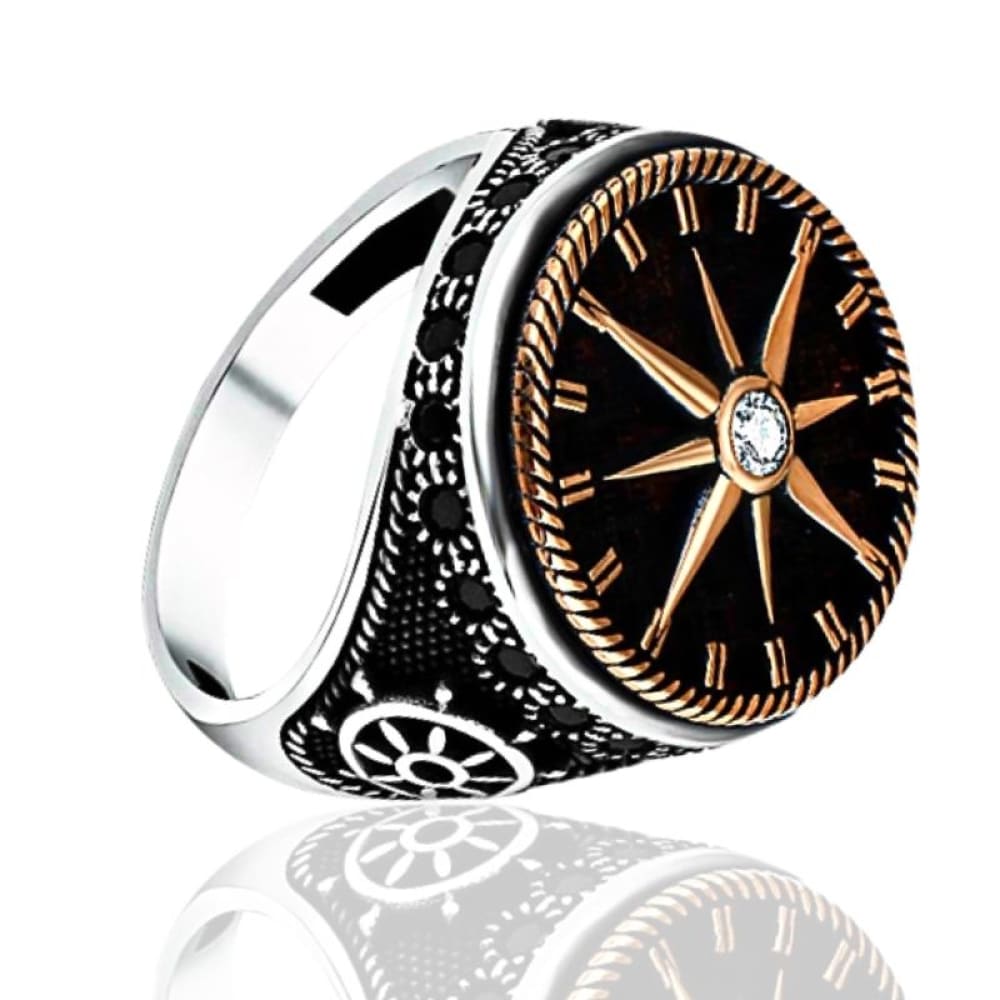Plastic pollution is one of the biggest environmental challenges facing the world today. From plastic bottles and bags to microplastics, plastic waste is everywhere, and much of it ends up in our oceans.
But just how much plastic is in the ocean? Here's what you need to know:
1. The Amount of Plastic in the Ocean is Astonishing
According to estimates, there are currently over 5 trillion pieces of plastic floating in the ocean. That's over 250,000 tons of plastic waste, much of which is broken down into tiny microplastics that are difficult to remove. In addition to the plastic that is floating on the surface, there is also a significant amount of plastic that has sunk to the bottom of the ocean, where it can have even more devastating effects on marine life.
2. Plastic Pollution is a Global Problem
Plastic pollution is not confined to any one region of the world. It is a global problem that affects every ocean and every coastline. From the Arctic to the tropics, plastic waste can be found in every corner of the globe. This is because plastic is so durable and lightweight that it can travel vast distances through the oceans, carried by currents and winds.
3. The Majority of Plastic in the Ocean Comes from Land
While it is true that some plastic waste enters the ocean from ships and other marine sources, the majority of plastic in the ocean comes from land-based sources. This includes plastic that is discarded improperly, such as litter on streets and beaches, as well as plastic that is released from landfills and other waste facilities. In fact, it is estimated that up to 80% of plastic pollution in the ocean comes from land-based sources.
4. Plastic Pollution is Harming Marine Life
Plastic pollution is having a devastating impact on marine life. Many species, including seabirds, fish, and marine mammals, are at risk of entanglement, ingestion, and injury from plastic waste. In addition, plastic pollution can have indirect effects on marine life, such as habitat destruction and the spread of invasive species.
5. We Can Take Steps to Reduce Plastic Pollution
While the amount of plastic in the ocean is alarming, there are steps we can take to reduce plastic pollution. By using reusable bags, bottles, and other containers, we can reduce our reliance on single-use plastics. We can also support organizations and initiatives that are working to clean up plastic pollution in the ocean, and advocate for policies and regulations that can help reduce plastic waste.
How Much Plastics Is In The Ocean ? In Conclusion
The amount of plastic in the ocean is staggering, and it is having a devastating impact on marine life.
But by taking steps to reduce our use of plastics and support efforts to clean up plastic pollution, we can help protect the oceans and the creatures that call them home.
Every small action we take can make a difference, so let's do our part to keep our oceans clean and healthy.































